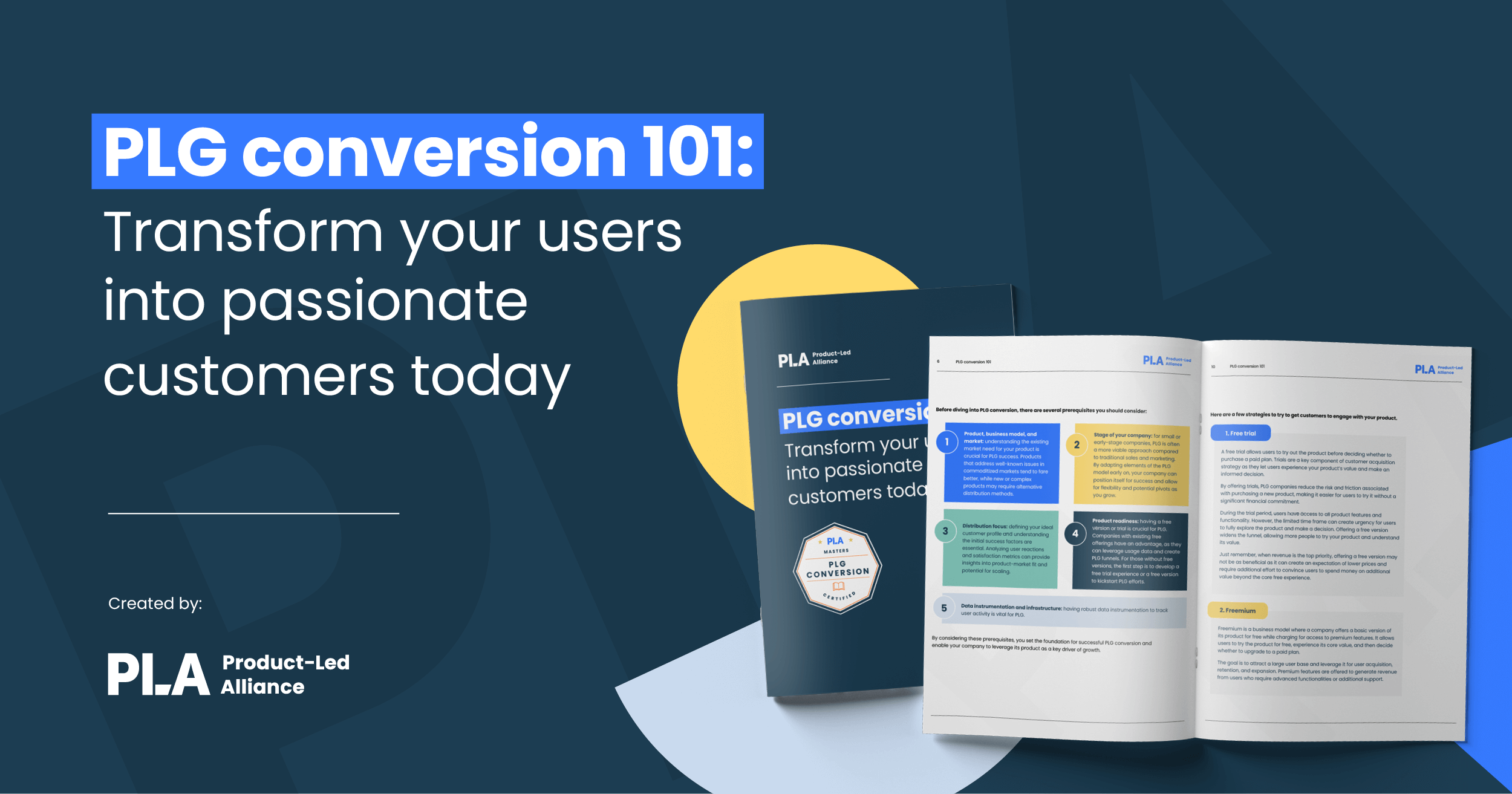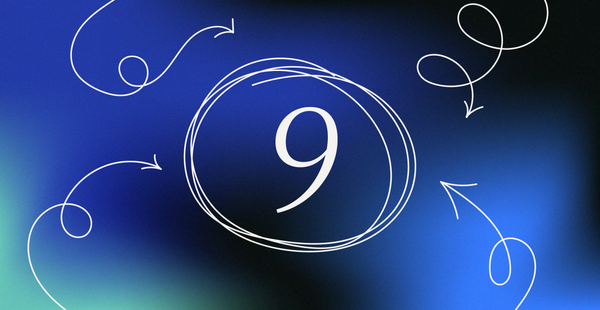Who doesn’t love free?
Just something about that very word entices people in. Imagine you’re walking by a bakery and someone is standing outside with a plateful of samples. The scent wafts to your nose as they hold out the tray. “It’s free. Try it,” they say. So, you do, and the taste is amazing. Now you’re hooked!
This is very much the same principle with freemium products, a popular business model for SaaS companies to get users hooked on their service. They offer a free but limited version of their product; the user gets value from it and hopefully wants more. Eventually, that user converts into a paying customer so they can access all your service has to offer. The whole idea here is to try before you buy… bigger and better things. And it’s quite effective.
So, how can you use this model to your advantage? What gets those customers from freemium to a subscription? Here are 9 nuggets of wisdom you can use to make your bakery, I mean, SaaS company, take off!
9 strategies to convert freemium users into paid customers
1. Give a free trial of premium features
If your users are already getting value from the freemium version, show them what else they’re missing out on. Not only does this encourage them to try services that would normally cost, but it’s also low risk for them. They simply have nothing to lose, so are more likely to engage. And, once they see how much extra value they can get, they’ll be more likely to convert into a paying customer.
Presenting low risk offers like a free trail creates a sense of brand trust. Customers don’t feel like they’re being pushed into a corner and can venture at their own leisure. Free trials can also weed out those customers who’ll never convert into paying subscribers. Companies can use this information to target those who’ll better nurture a paying relationship.
2. Use tiered pricing
Give your customers price point options to try different features. The more valuable the feature, the higher the cost will be. As customers receive more value, it’ll be easier for them to see the benefits of becoming a paid subscriber. This also gives them more flexibility and choice in paying for what they want.
There are quite a few benefits to this option. With pricing tiers, it’s easy for customers to understand exactly what they’re getting for their money. This clarifies what you’re offering at each level and what the customer can expect. It allows them to budget appropriately and not spend above their means if they don’t need particular features. You’re reducing friction in the adoption process, and we’re here for that. It’s also easy to implement on the business side of things, so why not give it a try?
3. Provide excellent customer support
Make your users fall in love with your customer service. Establish a relationship customers will become attached to by giving them the help they need when they need it. Doing so creates a positive experience which leads to both trust and loyalty. These days, customers expect a more tailored experience, so when customer support teams give them that, the user feels supported and will be more likely to stick around and become a paying subscriber.
Good customer service is all about making the user feel valued. It flips the idea that only the product should deliver value on its head. When customers feel supported, they feel satisfied and like their needs are being met. On average, 68% of customers will leave a company if they don’t feel valued, so don’t skip out on this! Good service reduces churn, and when people stay, they’re more likely to pay.
4. Create a sense of urgency
Time is money, they say, so use that to your advantage. Present a limited-time offer to create a sense of haste, something so good your users will have to jump on board before it expires. Time-sensitive promotions incentivize users to upgrade since you’ve introduced scarcity, which taps into the human instinct of the fear of missing out. You’re encouraging your user to take action with an offer they can’t refuse.
So, how do you create urgency?
- Make a deadline: People will weigh the pros and cons more if they have a date hanging over their heads rather than forget about it. You’re creating pressure to jump while the iron is hot.
- Create scarcity: For a service, mention only the first x-amount of people will get the discount. For a product, advertise a limited number of items left in stock.
- Pick your words well: Using time-related words like ‘now,’ ‘hurry,’ and ‘last chance’ create that sense of urgency
- Use the right colors: Here’s a psychology trick for you. Warm colors encourage people to act more than cool. Think red, yellow, and orange compared to blue and green. Make your CTA buttons warm, and see those clicks drive up.

5. Charge to remove adverts
Ads are annoying, and people will pay to skip them. Think along the lines of Spotify, whose freemium model has ads, but you need to pay for a subscription to stream your music ad-free. Customers like to use products uninterrupted, so by offering a subscription, you’re eliminating these blocks.
Just be careful to stay within your means. Companies like Netflix are going down a windy road with their pay-tier system to remove ads. Don’t promise your customers something and then keep changing it on them or jacking up the price. This creates distrust of the brand and will often cause users to jump ship altogether.
6. Use social proof
What’s better than social testimony? Gone is the time when users are sold on a product or service through a sales team. People want to either try something out for themselves or hear about it from people they trust or who have already used the product. Having good social proof means your product is tried and tested, encouraging new users to give it a go for themselves.
Social proof is essential for credibility and can be a method of marketing that users take into their own hands. You don’t have to have any advertising to have good word of mouth. Customers genuinely like to share products or services that impact their lives, and when they sway other people to try, confidence is built earlier in the sales funnel for new customers.
7. Customization
The name of the game is personalization. A personalized experience means users find value faster, which leads to quicker adoption and a higher chance of subscribing. Why? Because you’re making your product as relevant to the user as possible, and how can they skip out on that?
Your customers are unique, so tailoring to their specific needs fosters a sense of ownership. The user possesses a special version of the service. It’s built around their likes and preferences, meaning they’ll most likely use it more. You’re building an adaptable service, so more people can cater it to their needs, meaning you’ll hit a larger demographic.
8. Use email marketing
Email marketing is all about generating leads. Here, you can reach out to users with targeted content to encourage them to take action and subscribe. You can lay out all the benefits your subscription offers in a direct message with a strong CTA button.
With email, you can segment your audience, study their behavior, and personalize messages to them. We’re creating relevant campaigns that don’t waste your customers’ time, and actually offer something they won’t want to refuse. Just remember to optimize based on user data because the moment you stray from personalization, you’ll lose their attention and the possibility to convert them into subscribers.
9. Create a community
We all just want to belong at the end of the day, and by creating a community around your product, you encourage participation and engagement. Users are more likely to pay for premium features if they know they can unlock a community of peers. We’re once again creating a sense of FOMO through the ability to network and share collective knowledge and feedback.
Communities also create a collaborative environment to drive further innovation and improve user experience. When your company understands what your community wants, you can further tailor it. Soon, they’ll be singing your company's praises and attracting other people to go from freemium to paid subscribers to join the club.
Conclusion
Converting freemium users to paid subscribers is multi-layered and requires more than one approach. Don’t get stuck on just one and let it hold you back. Combine and experiment with the tips and tricks offered above to get the best conversion rates for you. What do you have to lose? Seriously? The world is yours.



 Follow us on LinkedIn
Follow us on LinkedIn




